Shifting Perspectives
In the realm of sustainable design, a fundamental shift in focus is underway, urging designers to reconsider the impact of upfront carbon emissions on the built environment. As an educator at Toronto Metropolitan University, I’ve witnessed this evolution firsthand, emphasizing the importance of addressing carbon emissions in design practices. This paradigm shift reflects a broader discourse initiated on platforms like Treehugger, where terms like “upfront carbon emissions” have gained prominence, reshaping our understanding of environmental sustainability.
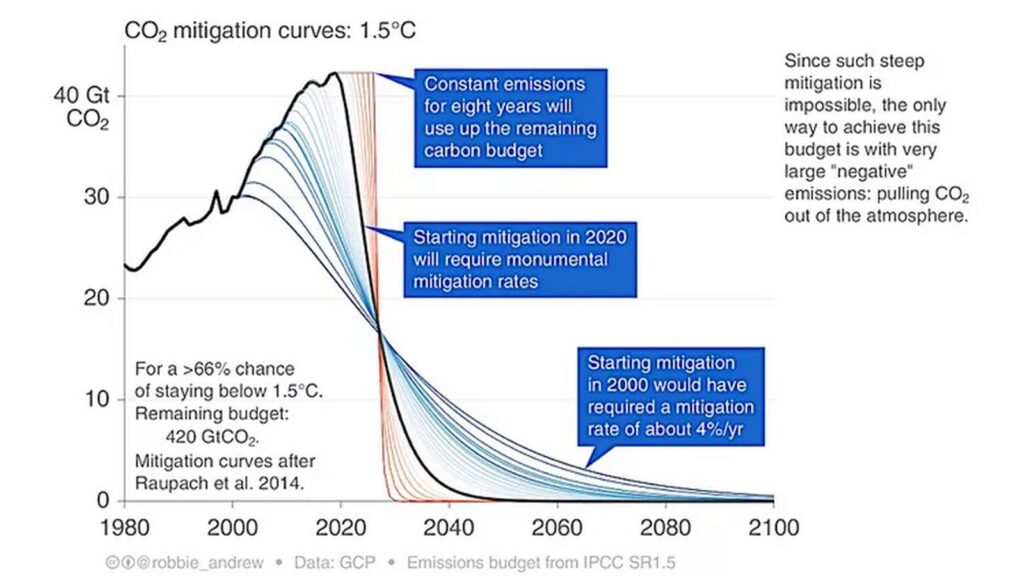
From Energy to Carbon
Traditionally, discussions surrounding building design primarily revolved around energy consumption, with little attention paid to the carbon footprint of materials and construction processes. However, as awareness of climate change escalated, the focus shifted towards carbon emissions as a critical metric of environmental impact. The emergence of hard carbon budgets, as outlined by the Intergovernmental Panel on Climate Change (IPCC), underscored the urgency of reducing carbon emissions to mitigate global warming.
The Rise of Embodied Carbon
The concept of embodied carbon gained traction as researchers and practitioners recognized its significance in the broader context of building sustainability. Unlike operational carbon, which pertains to ongoing energy usage, embodied carbon encompasses the emissions associated with the production and installation of building materials. This paradigm shift prompted a reevaluation of conventional building practices, emphasizing the need to minimize upfront carbon emissions throughout the lifecycle of structures.
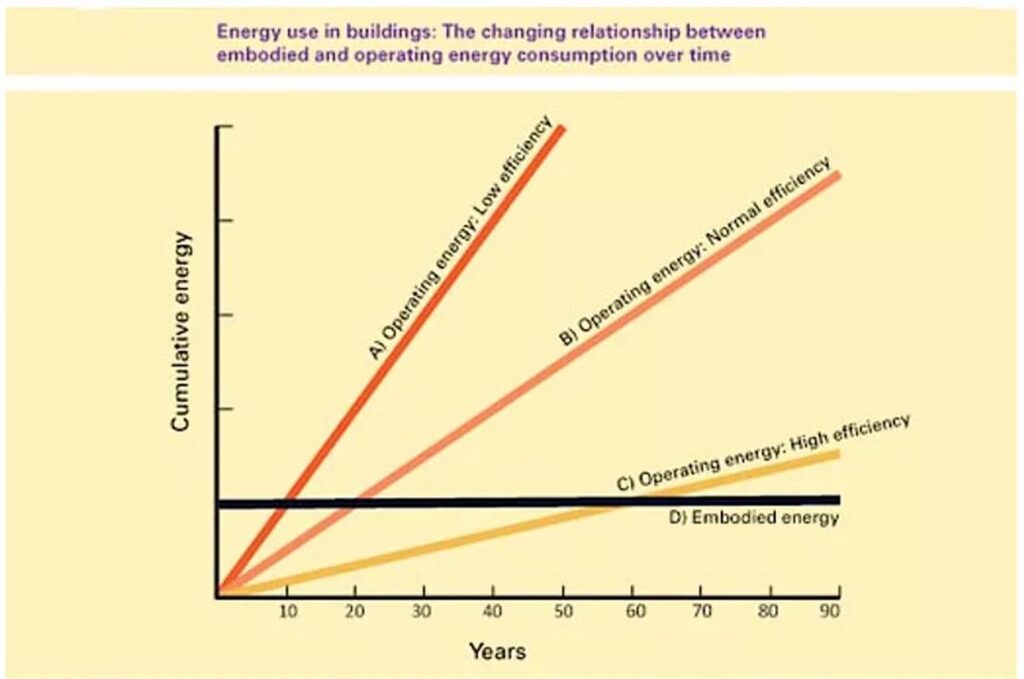
Unveiling the Ironclad Rule of Carbon
As awareness of upfront carbon emissions grew, so did the recognition of its pervasive influence across diverse domains, from building construction to product manufacturing. This led to the formulation of what I term the “ironclad rule of carbon,” highlighting the paramount importance of addressing upfront emissions in design decision-making. Whether it’s buildings or consumer electronics, the rule underscores the need to prioritize materials and processes with minimal carbon impact.
Implications for Design Thinking
The ironclad rule of carbon compels designers to adopt a holistic approach that transcends traditional metrics of energy efficiency. While reducing operational emissions remains essential, the dominance of upfront carbon emissions necessitates a broader consideration of environmental impact. Designers must embrace transparency, prioritize low-carbon materials, and plan for future disassembly and reuse to minimize overall carbon footprint.
Towards Sustainable Solutions
In navigating the complexities of design, it’s imperative to question the necessity of every component, optimize material usage, and anticipate future lifecycle implications. By integrating carbon-conscious principles into design practices, we can foster a culture of sustainability that extends beyond individual projects to encompass broader systemic change. As designers, educators, and consumers, we have a collective responsibility to confront the challenge of upfront carbon emissions and strive towards a more resilient and sustainable future.


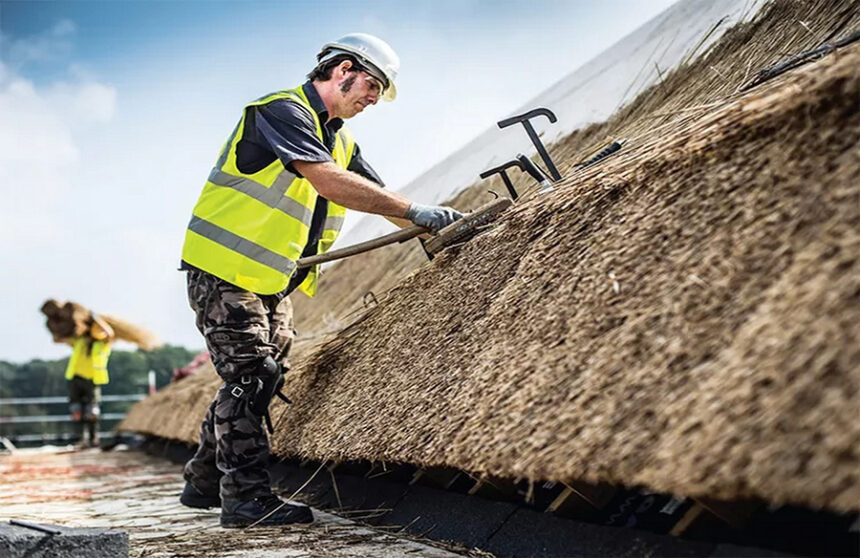


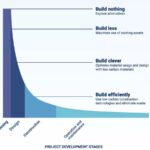



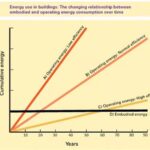


Leave a Reply